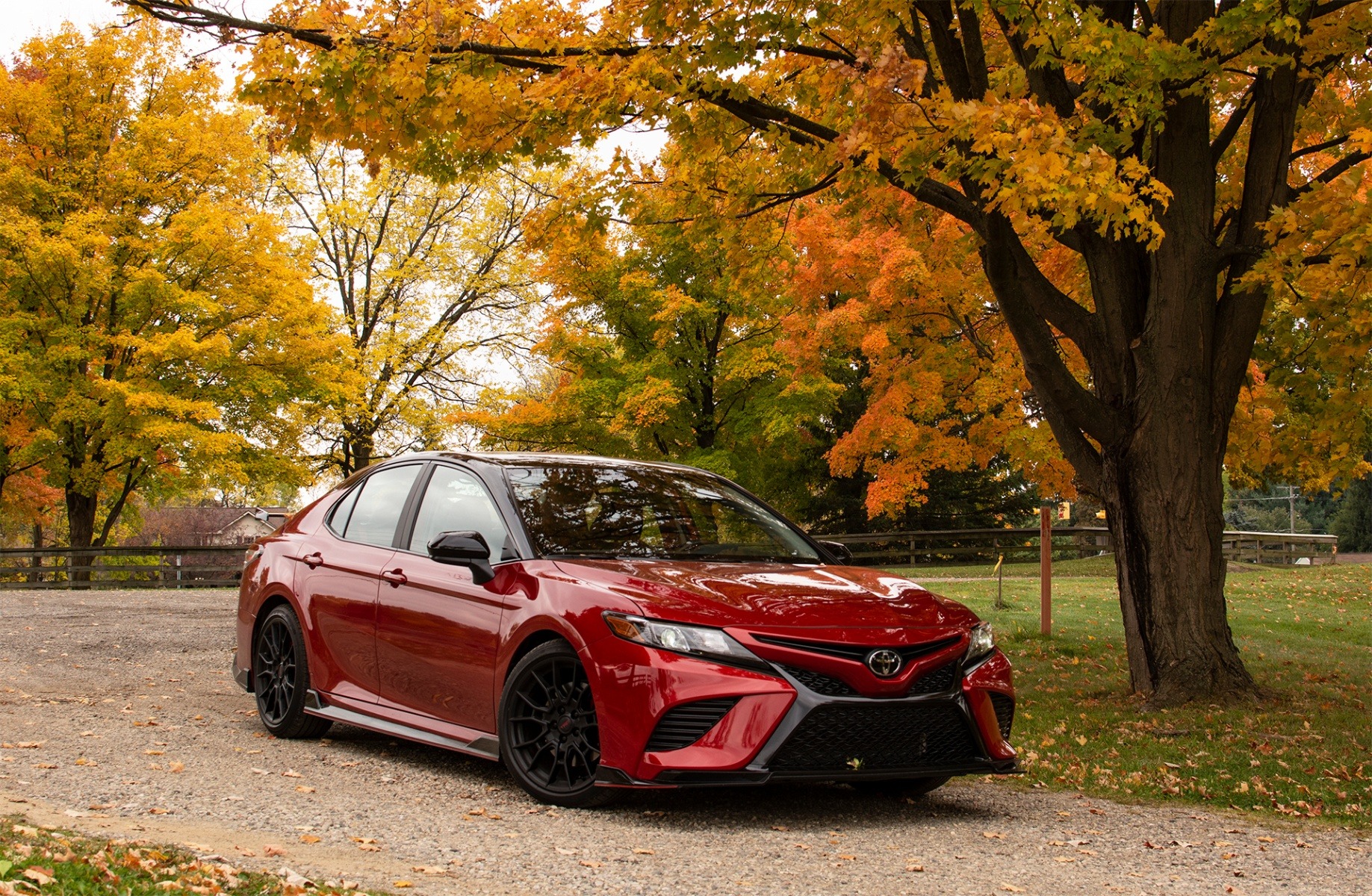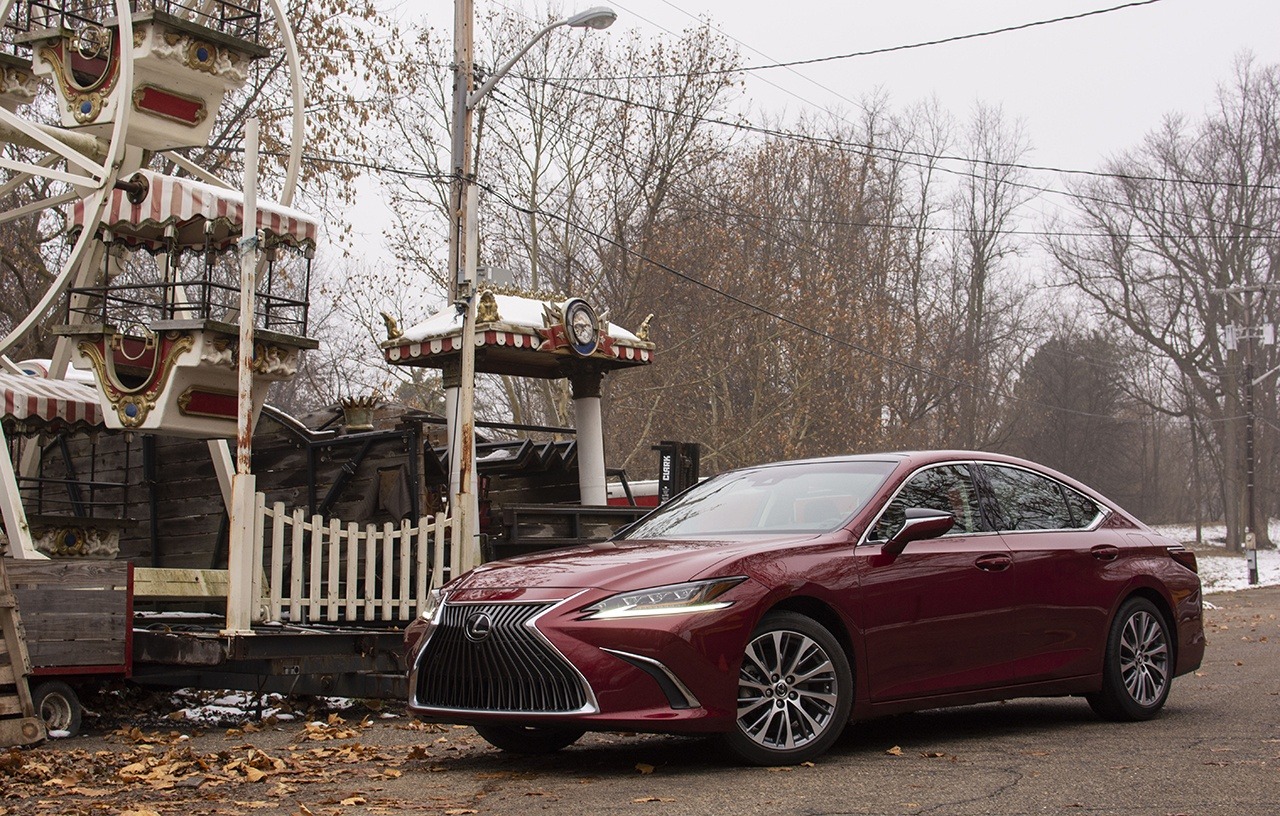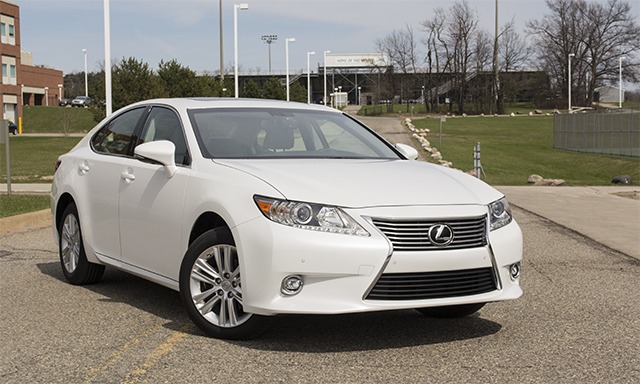Search the Community
Showing results for tags 'ES 350'.
-

Quick Drive: 2020 Toyota Camry TRD & Lexus ES 350 F-Sport
William Maley posted an article in Reviews
-
For your consideration: Two unlikely sport sedans. The Toyota Camry TRD and Lexus ES 350 F-Sport may not seem like credible sport sedans at first glance. They may seem like tarted-up sedans in terms of looks, but nothing else. However, after spending a week in each one, I can say both are the r...
-
When Toyota introduced the last-generation Avalon for the 2014 model year, I was shocked by how Toyota had built the better Lexus ES. On the surface, this seems a bit crazy. But Toyota had put a lot of effort into shedding the image of Avalon of an old person’s car by bringing a modern and sleek loo...
- 7 replies
-
- 2019
- avalon hybrid
- (and 4 more)
-
When Toyota introduced the last-generation Avalon for the 2014 model year, I was shocked by how Toyota had built the better Lexus ES. On the surface, this seems a bit crazy. But Toyota had put a lot of effort into shedding the image of Avalon of an old person’s car by bringing a modern and sleek loo...
- 7 comments
-
- 2019
- avalon hybrid
- (and 4 more)
-
For awhile, the best Buick you could buy was a Lexus ES. Lexus was able to take the formula that Buick had worked so hard on proving a smooth and comfortable car and just do it better. But Buick is back on the upswing. The recently refreshed LaCrosse shows that Buick is back and wanting to challenge...
- 3 comments
-
For awhile, the best Buick you could buy was a Lexus ES. Lexus was able to take the formula that Buick had worked so hard on proving a smooth and comfortable car and just do it better. But Buick is back on the upswing. The recently refreshed LaCrosse shows that Buick is back and wanting to challenge...





